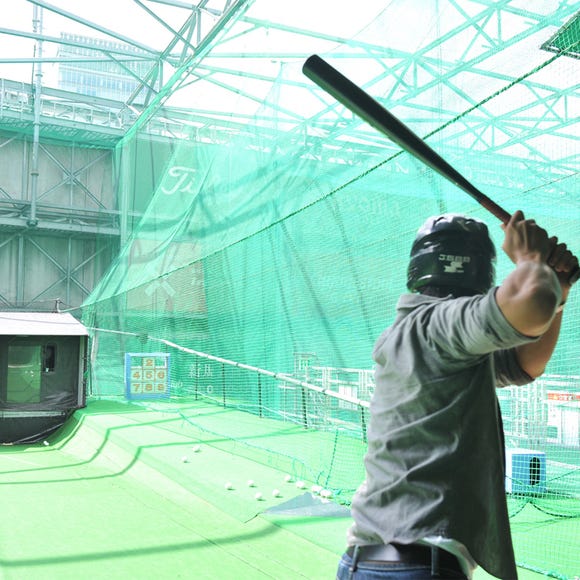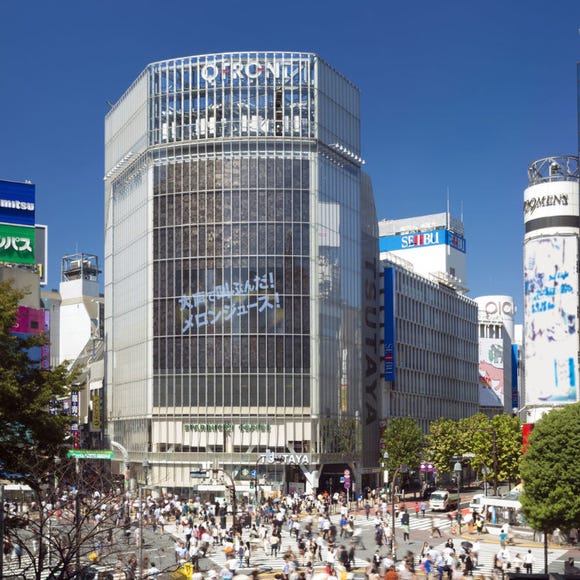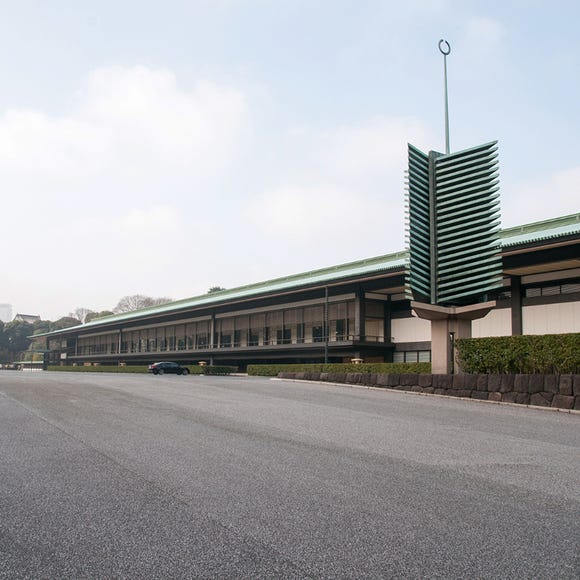
The name Hiroshima may forever be associated with the destructive power of the atomic bomb, but the city of Hiroshima and Hiroshima Prefecture are today full of life and things to do and see. Here we'll have a look at 17 of the best things to do in Hiroshima.
1. Itsukushima Shrine (Miyajima)

Designated a UNESCO World Heritage Site in 1996, Itsukushima Shrine, also known as Miyajima, is a revered sacred island located in Hiroshima Bay, Japan. This iconic shrine is renowned for its stunning architecture that appears to float on the tranquil waters during high tide.

The shrine's main attraction is the iconic vermilion torii gate, which stands majestically in the bay, framing the breathtaking scenery. As the tide rises, the torii gate and the shrine's buildings seem to emerge from the sea, creating a mesmerizing and almost spiritual vista that has captivated visitors for centuries.

During low tide, visitors can walk on the exposed sandbar, allowing them to approach the torii gate and explore the shrine's intricate wooden structures up close. This unique experience offers a different perspective, showcasing the intricate craftsmanship and architectural details that have been meticulously preserved over the years.
Itsukushima Shrine is also home to numerous Shinto shrines and temples, including the Itsukushima Shrine itself, which dates back to the 6th century. The island's natural beauty, combined with its rich cultural and spiritual significance, creates an enchanting atmosphere that invites visitors to immerse themselves in the harmonious coexistence of nature and human ingenuity.
-
Itsukushima Shrine厳島神社
- Address 1-1 Miyajimacho, Hatsukaichi, Hiroshima 739-0588
2. Atomic Bomb Dome

The Atomic Bomb Dome, also known as the Genbaku Dome or Hiroshima Peace Memorial, stands as a haunting reminder of the devastating power of nuclear weapons. On August 6, 1945, at 8:15 AM, the world's first atomic bomb exploded directly above what was then called the Hiroshima Prefectural Industrial Promotion Hall.
Despite being at the epicenter of the blast, the dome's iconic arched roof and skeletal frame miraculously remained standing, while everything inside was obliterated. This stark contrast between the intact exterior and the complete destruction within made the dome an instantly recognizable symbol of the atomic bombing's horrors.

The Atomic Bomb Dome is part of the larger Hiroshima Peace Memorial Park, designed by architect Kenzo Tange and completed in 1955. The park features the Peace Memorial Museum, which vividly depicts the bombing and its aftermath through artifacts and survivor testimonies.
Other key sites within the park include the Cenotaph for A-Bomb Victims, which contains the names of over 220,000 individuals who perished, the Peace Bell, and the Children's Peace Monument, adorned with thousands of origami cranes folded by children worldwide in memory of Sadako Sasaki.

This entire complex serves as an immersive experience and permanent memorial, ensuring that the tragedy of Hiroshima is never forgotten as the world continues to pursue lasting peace.
-
Atomic Bomb Dome原爆ドーム
- Address 1-10 Otemachi, Naka Ward, Hiroshima, 730-0051
3. Miyajima Machiya Street

---
Miyajima Machiya Street is a nostalgic avenue that was once the main street of the island, offering a glimpse into Miyajima's rich history and culture. This winding backstreet is lined with traditional machiya (townhouses) that have been converted into charming cafes, art galleries, and shops. A stroll down Machiya Street allows visitors to experience the authentic local life of Miyajima, away from the bustling Omotesando shopping street.

The street is particularly atmospheric at night when the paper lanterns lining the residences are lit, creating a calming ambiance. During the Hina Meguri (Doll Festival) in spring, the street comes alive with doll displays in merchant houses and residences, accompanied by tea ceremonies and garden concerts. A visit to Machiya Street is a must for anyone looking to immerse themselves in the cultural heritage and serene beauty of Miyajima.

-
Miyajima Machiya Street町家通り
- Address Miyajimachō, Hatsukaichi, Hiroshima 739-0588
4. Hiroshima Castle

Hiroshima Castle, a five-story keep surrounded by a moat, was originally built in 1589 by the powerful feudal lord Mori Terumoto as an important seat of power in western Japan. Though spared demolition during the Meiji Period, the castle was destroyed by the atomic bomb in 1945. Thirteen years later, its main keep was reconstructed in ferro-concrete with an attractive wooden exterior.

Inside, the castle now serves as a museum showcasing Hiroshima's history, Japanese castles, and exhibits like the concrete bunker from where the first radio broadcast was made after the bombing.

Visitors can explore the castle's intricate wood carvings, suits of armor, swords and other artifacts providing a glimpse into Japan's feudal era. The castle grounds also feature reconstructed structures of the Ninomaru (second circle of defense) built using original methods.
-
Hiroshima Castle広島城
- Address 21-1 Motomachi, Naka Ward, Hiroshima, 730-0011
5. Kenmin-no-hama Beach

Located on the Kamikamagari Island as part of a string of islands draped across the Seto Inland Sea, Kenmin-no-Hama is one of Japan's top 100 beaches.

This vast stretch of sand is over 400m long and 100m at its widest – plenty of space for everyone. There are also lots of facilities, including a spa, gym, and tennis courts. There's also overnight accommodation, allowing you to see the famously clear night skies from the nearby observatory.
-
Kenmin-no-hama Beach県民の浜
- Address Kamagaricho Oura, Kure, Hiroshima 737-0402
6. Toyokuni Shrine Five-Story Pagoda

The pagoda at Toyokuni Shrine was originally constructed in 1407 and restored in 1533. Standing 27 meters tall, it exhibits a blend of traditional Japanese and Chinese architectural styles. The exterior showcases Japanese design elements like ornamental caps on railing posts and specific rafter placements, while Chinese influences are evident in the wooden pillars supporting the eaves and rafter tails.

Inside, the pagoda is adorned with auspicious motifs, including dragons, lotus flowers, and the Shingon Hasso sutra painted in gold on the ceiling and walls. A unique structural feature is the central pillar that extends from the second story to the roof peak. The inner walls are decorated with magnificent Buddhist paintings, enhancing the pagoda's cultural and artistic significance.

-
Toyokuni Shrine Five-Story Pagoda豊国神社 五重塔
- Address 1-1 Miyajimacho, Hatsukaichi, Hiroshima 739-0588
7. Sankei-en Garden

Sankeien Garden in Hiroshima is a traditional Japanese stroll garden that opened in 1993 near Hiroshima Airport. It follows the "Chisenkai-yu" style, featuring a large central pond called Ō-umi, representing the Seto Inland Sea, encircled by a path that allows visitors to enjoy the tranquil scenery. The garden is divided into three distinct landscapes: a mountain zone, a country village zone, and an ocean zone, each designed to resemble the natural scenery of Hiroshima.

Sankeien is a delight to visit throughout the seasons. In June, 95 varieties of Japanese irises and 10,000 flowering plants bloom, while autumn brings a Maple Festival celebrating the vibrant fall foliage. The garden also features a momiji-dani (maple valley), an ume plum tree garden, a bamboo grove, and a small Satono-ike pond.

Adding to its architectural interest, the garden includes historic structures like a 500-year-old three-story pagoda from Kyoto's Tomyo-ji temple.
-
Sankeien Garden三景園
- Address 64-24 Zenriji Hongo-cho Mihara, Hiroshima 729-0416
8. Okunoshima Island (Rabbit Island)

Okunoshima Island, also known as Rabbit Island, is a small island located about a quarter of an hour from Tadanoumi Port in Takehara City. With a circumference of just 4 km, this island is famous for being home to around 700 wild rabbits, attracting tourists from all over the world seeking solace and healing.

While the island is now a popular tourist destination for its adorable rabbit inhabitants, it harbors a dark history. The Poison Gas Museum and various related sites around Okunoshima tell the story of how the island once housed a poison gas factory during World War II, serving as a reminder of the importance of never again fighting wars.

Today, Okunoshima Island is part of a national park and offers a range of facilities for visitors. The National Vacation Village Okunoshima provides accommodation, a hot spring, and local delicacies, while a campsite and the Okunoshima Visitor Center are also available. Visitors can enjoy various outdoor activities such as cycling, tennis, fishing, sea bathing, and outdoor pools during the summer months.
-
Okunoshima Island大久野島
- Address Tadanoumicho, Takehara, Hiroshima 729-2311
9. Shimanami Kaido and Islands

The Shimanami Kaido is a 60km toll road and cycling route connecting the Honshu and Shikoku islands across the picturesque Seto Inland Sea. It traverses six small islands - Mukaishima, Innoshima, Ikuchijima, Omishima, Hakatajima, and Oshima - via a series of modern suspension bridges offering stunning seascape views.

The cycling path is well-marked with blue lines and separated from the road, making it ideal for a leisurely one-day ride of around 70km or a multi-day island-hopping adventure exploring the 250km of cycling routes. While the bridges require climbing ramps of up to 65 meters, the moderate inclines are manageable for intermediate cyclists.
Bicycle rental is available at terminals in Onomichi and Imabari, facilitating one-way trips. Accommodations such as cycling-themed hotels and traditional ryokans cater to cyclists wishing to spend more time on the islands. Ferries also connect various ports for island-hopping by bike.

Beyond the scenic bridges, attractions include the Hirayama Museum, dedicated to painter Ikuo Hirayama on Ikuchijima, the unique Kosanji Temple, citrus groves, and fresh seafood like okonomiyaki savory pancakes, as well as local ice cream flavors. The Kirosan Observatory on Oshima offers panoramic views of the islands and the Kurushima Strait whirlpools.
With well-developed cycling infrastructure, a mild climate, and distinct island cultures, the Shimanami Kaido provides an immersive experience for cyclists of all levels to explore Japan's inland sea at a relaxed pace.
-
JR Onomichi Station尾道駅
- Address 1-1 Higashigoshocho, Onomichi, Hiroshima 722-0036
10. Kagura Monzen Toji Village

Kagura is the Shinto theatrical dance based on some stories, performed by dancers, who dressed in gorgeous costumes and expressive masks, and by musicians who play drum and pipe.

It has been performed for ages as religious services dedicated to the "Ujigami" - the guardian god of a particular place in the Shinto religion. And it is also performed as a Shinto ceremony to pray for good harvest and fish catches and recovery from illness.
Kagura is performed every week so that you can see the wonderful Kagura in Kagura-monzen-toji-mura. And depending on the day, you may be able to try wearing the Kagura costume after a performance in the night.

Also, there is a museum that shows Kagura costumes and exhibitions of Kagura history so that you can touch on the interesting tradition of Kagura. There are also hot springs, restaurants, and accommodation too in the facility.
-
Kagura Tōji Monzen Village神楽門前湯治村
- Address 4627 Midoricho Hongo, Akitakata, Hiroshima 731-0612
Vacancy search, reservation
-
Please enquire directly about rates.
Check with our partner site as the latest rates, rate details, and guest room requirements may vary.
11. Taishakukyo Gorge

There are a number of amazing stones on which some unique decorative designs are carved around Hibayama Mountain. This is known as a mythical mountain that was introduced in the oldest Japanese chronicle, theKojiki, as the summit where Izanamino-mikoto, who is the mythical goddess giving birth to Japan, was buried.

These amazing stones are lying on the corner of Taishaku National Park, called Joko-Seki (stone), on which some geometric decorative designs are carved in the width of 5-10m, depth of 2-5m. The Joko-Seki lying around the summit of Mount Toriboshi, in the northern Mount Hiba range, points to the Hibayama tomb (where Izanamino-mikoto is said to be buried). These designs are said to relate to an ancient religion.

-
Taishaku Gorge帝釈峡
- Address Jinsekikōgen, Jinseki District, Hiroshima 729-3602
12. Shukkeien Garden

Shukkeien Garden was originally built in 1620 by Ueda Soko, a renowned master of the tea ceremony, as a villa garden for Asano Nagaakira, a feudal lord of Hiroshima.

The garden's name literally means contracted scenic beauty, which is said to have been modeled after Xi Hu (West Lake) in Hangzhou, China. In 1940 (Showa 15), it was designated as a National Scenic Spot and famous for its beautiful plum trees and cherry blossoms.

-
Shukkeien縮景園
- Address 2-11 Kaminoboricho, Naka Ward, Hiroshima, 730-0014
13. Mount Misen

At 535 meters this mountain is the highest on Miyajima Island.

You can see views of the Inland Sea and the Shikoku Mountains from the top. Mt. Misen has been worshipped as a deity mountain, and its virgin forests are designated as a national monument. The Gumonjido hall founded by Kobo Daishi, the Sankido hall, and the Dainichido hall are near the summit, which has many strange rocks and bizarre stones indicative of the scenic beauty of a vast wilderness.

-
Mount Misen弥山
- Address Miyajimacho, Hatsukaichi, Hiroshima 739-0588
14. Grab Hiroshima-style okonomiyaki for lunch!

Okonomiyaki is the dish of Hiroshima. A hearty soul food, Okonomiyaki is a savory pancake usually consisting of cabbage, pork, egg, and noodles, such as soba or udon.

This flexible dish can be found everywhere in Hiroshima, with over 2000 restaurants in Hiroshima City alone. The famous "Okonomimura" building is crammed with four floors of nothing but Okonomiyaki-dedicated eateries. To taste Okonomiyaki is to taste history, as it was this food that helped the city back on its feet after the war.

15. Must-eat: Hiroshima oysters!

Oysters (kaki in Japanese) are the seafood specialty of Hiroshima.

After Okonomiyaki, oysters are the dish that you'll find all over the area and in a number of varied forms of preparation. Popular ways to eat oysters are kaki-no-dotenabe (oyster hotpot) and kaki-furai (oysters fried in breadcrumbs). Head to Miyajima Island for yet more variations for your tastebuds!

16. Miyajima Water Fireworks Festival (late August)

The spectacular Miyajima Water Fireworks Festival (late August) sees 5,000 fireworks launched across the strait of water between the island and the mainland, doubling the light and color with reflections in the water.

Each year follows a different theme. The sight of pyrotechnics exploding behind the silhouette of the famous "floating torii gate" of Miyajima shrine is one of the most photogenic sights Japan has to offer.

17. Hiroshima Flower Festival (early May)

Every year in early May during Golden Week, with over 1,000,000 visitors from all over Japan, the Hiroshima Flower Festival is one of the largest events in the country.

For three days along the Hiroshima Peace Boulevard, people take to the streets to celebrate with music, dancing, parades, and, of course, flowers. Entire towers of them!
The celebration even continues into the evening featuring lighted candles that contain messages of peace and hope written by local community members.

Other fun things to do in Hiroshima
- Area
- Category
*Prices and options mentioned are subject to change.
*Unless stated otherwise, all prices include tax.
Limited time offer: 10% discount coupons available now!
Recommended places for you
-

Everything You Need To Know About the Kyoto-Osaka Sightseeing Pass
-

Tokyo Summer 2024: Snooze with Snorlax in a Pokémon Sleep Suite!
-

Best Things to Do in Tokyo in April 2024: Events, Festivals & More
-

Complete Guide to the JR Hokuriku Arch Pass: Your Key to Kanazawa, Fukui, and Japan's Coastal Wonders
-

What to Do in Tokyo in June 2024: Roundup of Tokyo Area Events and Festivals
-

Recommended Hotel Near Takayama Station: Stay at the 'hotel around TAKAYAMA, Ascend Hotel Collection™' for the Ultimate 'Good Local’ Experience
-
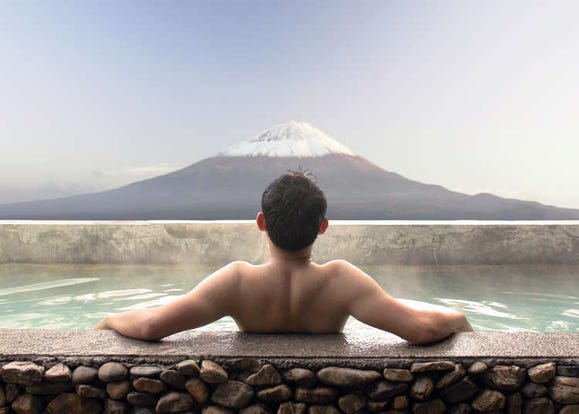
Japan's Bath Culture: Tips You Should Know!
-
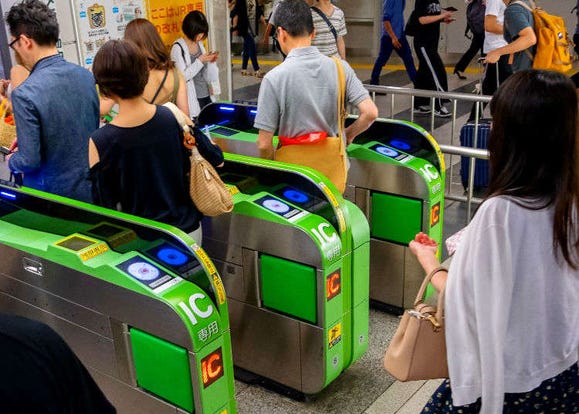
JR Edition: Visit all of Tokyo in one Day with the Tokyo Metropolitan District Pass!
-
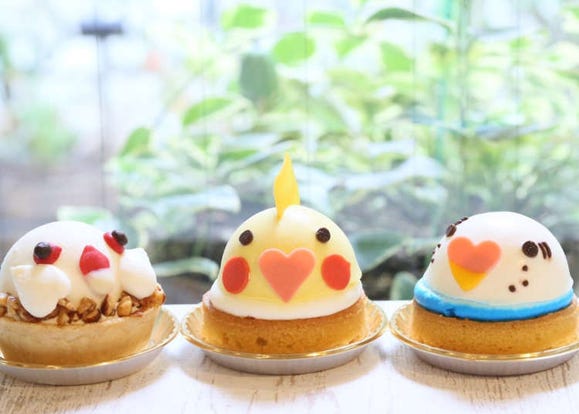
Kotori Café – Little Birds and Delicious Desserts
-
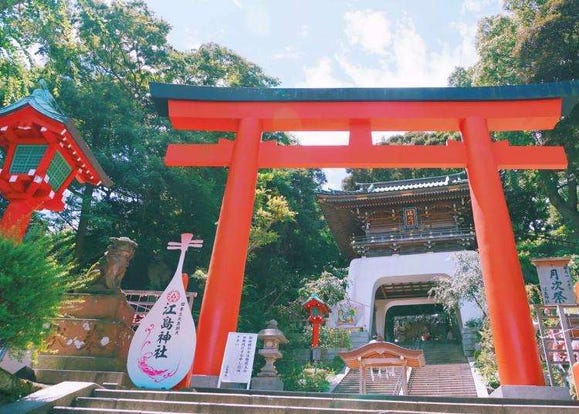
5 Recommended Tokyo Bus Tours - Enjoy Nearby Destinations such as Mount Fuji, Hakone, and Shizuoka!
-
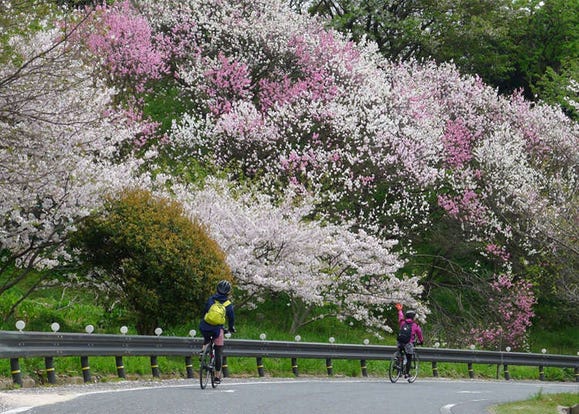
Cycle around the stunning Seto Inland Sea; enjoy hands-on activities on a farm
-
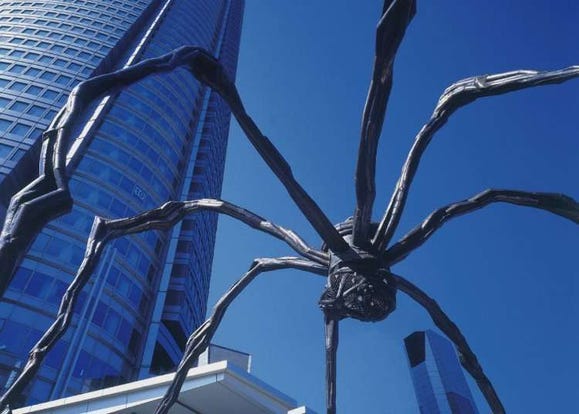
Tokyo Roppongi: 5 Most Amazing Spots at Roppongi Hills and How to Make the Best of Them!
- #best ramen tokyo
- #what to buy in ameyoko
- #what to bring to japan
- #new years in tokyo
- #best izakaya shinjuku
- #things to do tokyo
- #japanese nail trends
- #what to do in odaiba
- #onsen tattoo friendly tokyo
- #daiso
- #best sushi ginza
- #japanese convenience store snacks
- #best yakiniku shibuya
- #japanese fashion culture
- #best japanese soft drinks




















